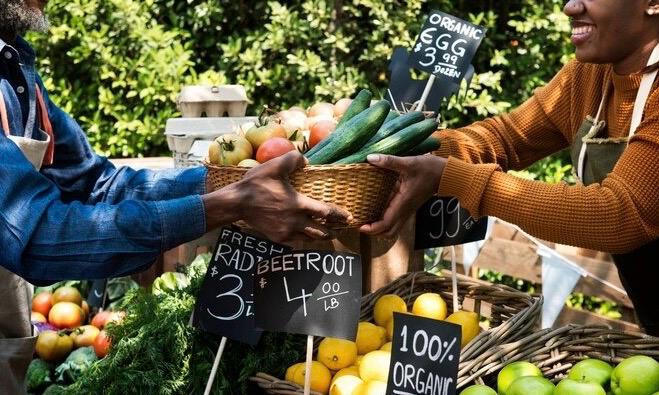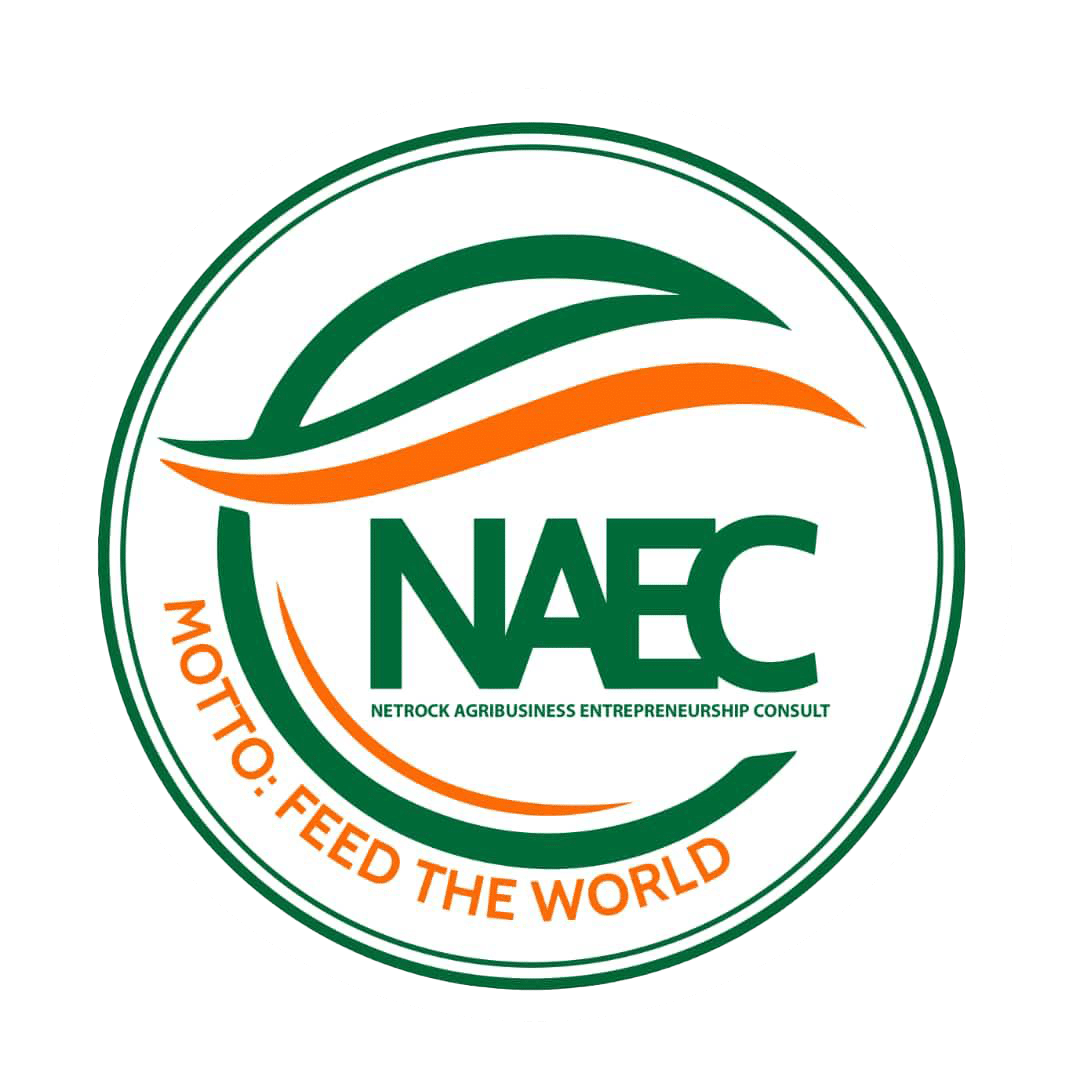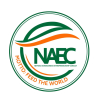The Power of Marketing: How to Brand Your Farm Products

In today’s fast-paced world, where consumers have endless choices, marketing has become an indispensable tool for every industry, including agriculture. Branding your farm products not only sets you apart from competitors but also fosters trust and loyalty among your customers. Let’s dive into how you can unlock the power of marketing to elevate your farm products and build a lasting brand.
Why Branding Matters in Agriculture
Branding goes beyond a catchy logo or an attractive label. It is about creating a story, a promise, and an identity that resonates with your target audience. For farm products, effective branding can:
Build Trust: A strong brand communicates quality, safety, and reliability, encouraging consumers to choose your products over generic options.
Enhance Recognition: Consistent branding makes it easier for customers to recognize your products on crowded store shelves.
Boost Value: Branded products often command higher prices, as customers are willing to pay more for perceived quality and authenticity.
Strengthen Customer Loyalty: A well-crafted brand fosters emotional connections, turning buyers into repeat customers and advocates.
Steps to Branding Your Farm Products
1. Define Your Unique Selling Proposition (USP)
What makes your farm products special? It could be organic practices, heritage crops, sustainable methods, or local roots. Identify your USP and weave it into your branding narrative.
2. Create a Memorable Brand Identity
Your brand identity includes your name, logo, colors, and tagline. Choose elements that reflect your farm’s values and appeal to your target audience. For example:
Name: Use a name that’s easy to remember and reflects your farm’s character, such as “Green Harvest Organics.”
Logo: Design a logo that’s simple yet symbolic, incorporating natural elements like leaves or animals.
Tagline: Craft a tagline that captures your mission, like “Fresh from Our Fields to Your Table.”
3. Focus on Packaging
Packaging is often the first touchpoint between your product and the customer. Use eco-friendly materials and clear labeling to communicate:
Product name and description.
Nutritional information and certifications.
Your farm’s story or a QR code linking to your website.
4. Leverage Storytelling
People love stories. Share the journey of your farm—from seed to harvest—and the care you put into every product. Use platforms like social media, blogs, and videos to tell your story.
5. Build an Online Presence
In today’s digital age, an online presence is crucial. Create a website or an e-commerce store where customers can learn about your products, place orders, and engage with your brand. Use social media to:
Showcase your farm’s daily activities.
Share recipes and tips featuring your products.
Interact with customers through comments and messages.
6. Engage in Community Marketing
Connect with your local community by:
Participating in farmers’ markets.
Hosting farm tours or workshops.
Collaborating with local businesses for cross-promotions.
7. Ensure Consistency
Consistency is key to building trust and recognition. Use the same branding elements across all touchpoints, from your packaging to your social media posts.
Success Stories to Inspire You
Happy Valley Farms: By focusing on organic practices and emphasizing sustainability in their branding, Happy Valley Farms became a household name. Their eco-friendly packaging and farm-to-table videos resonated with environmentally conscious consumers.
Sunrise Dairy: A small dairy farm transformed its fortunes by branding their milk as “grass-fed and hormone-free.” Their sleek glass bottles and nostalgic branding appealed to health-conscious families.




